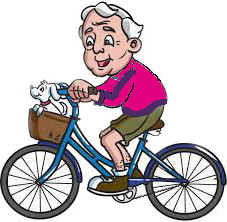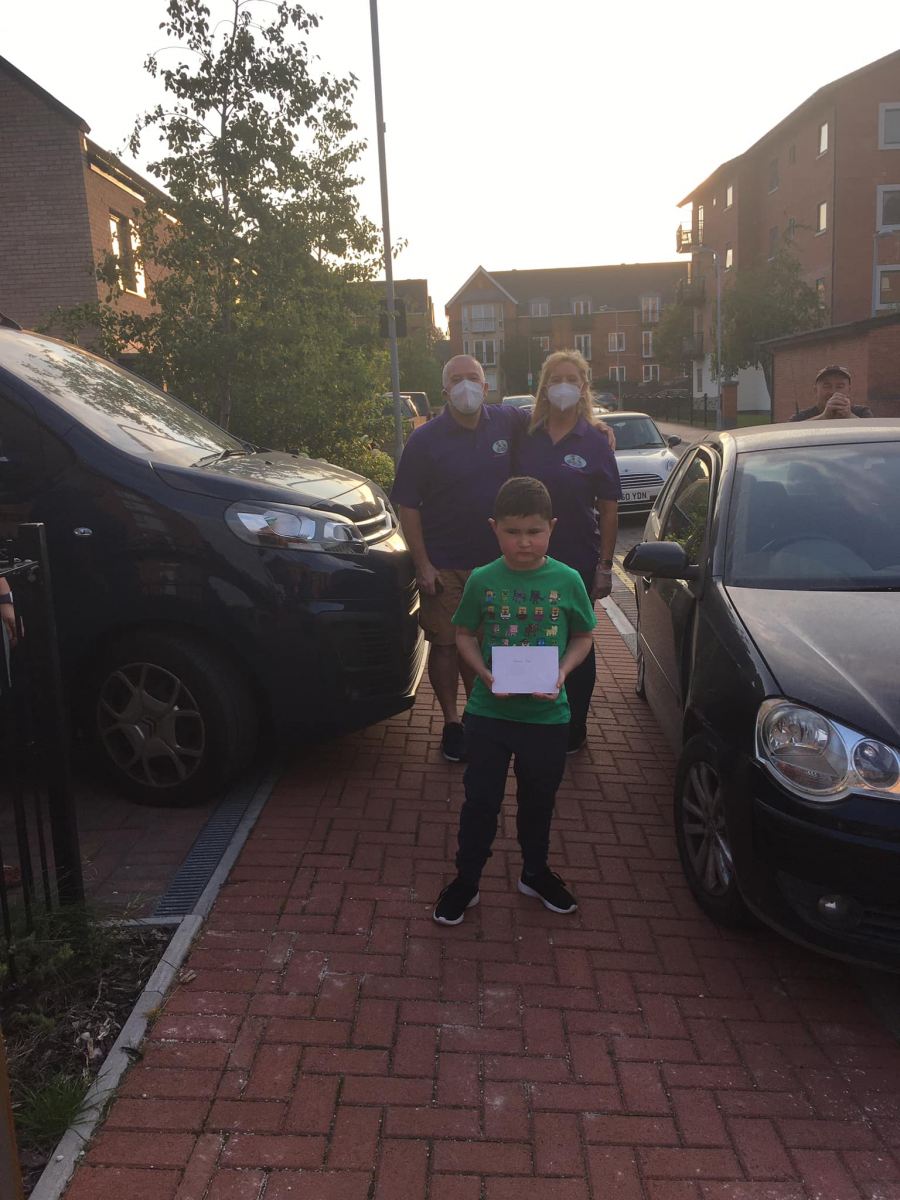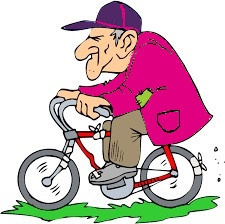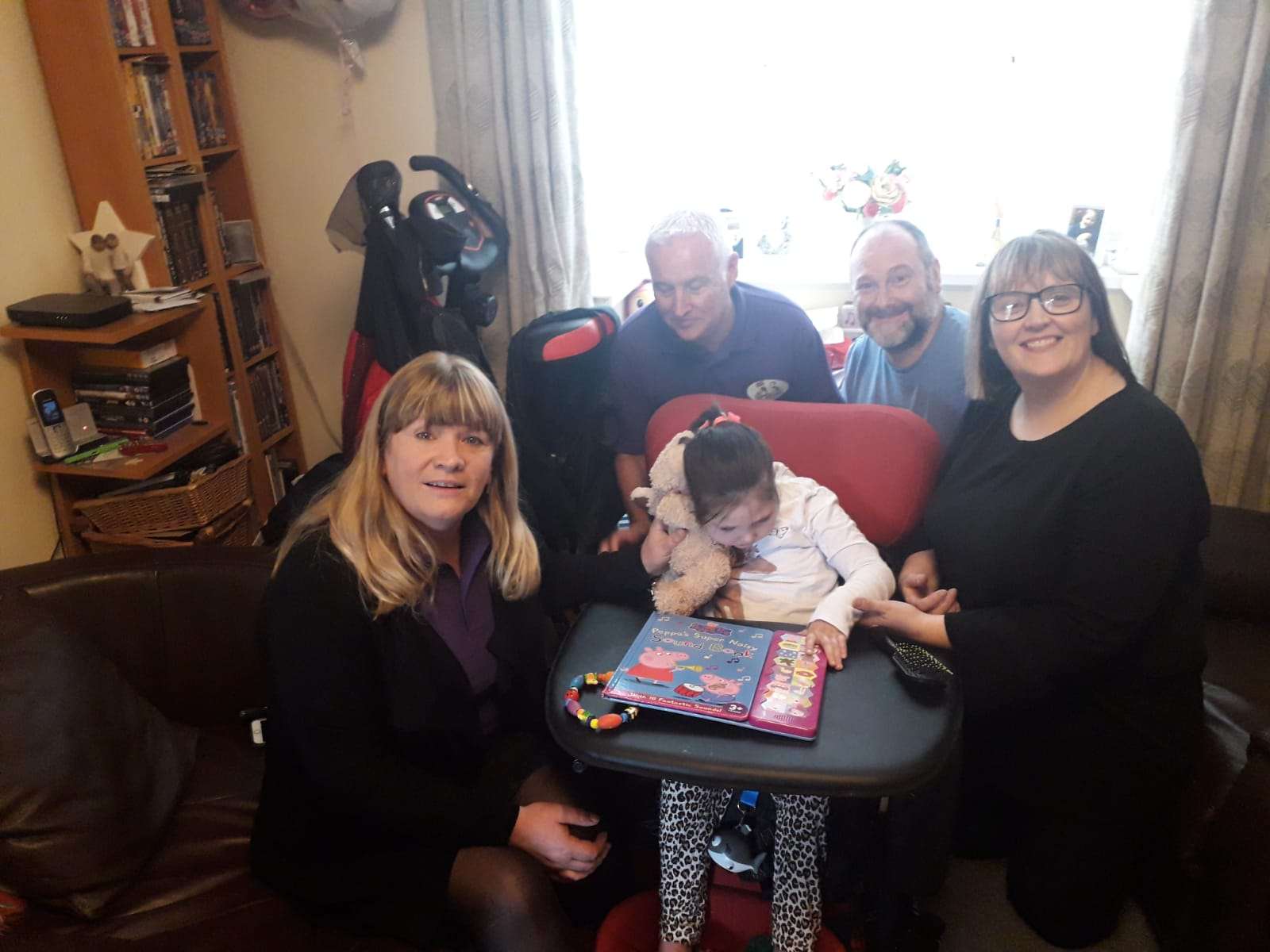OLD FARTS’ BICYCLE RIDES
The Aim
‘Old Farts’ (Rides) is for riders of all abilities, whether young or old, male or female. Our principle goals are:
- To raise as much money as possible for our designated charities.
- That everybody involved enjoys cycling and stays safe while doing so.
Old Farts’ Rides involve willing participants riding in a group and for several reasons: social, safety, sporting, fitness and of course, if you don’t know the route, you won’t get lost 😊. By riding in a group – you learn road skills and are able to chat to more experienced riders. Generally speaking it is the best place to learn about cycling.
Be Prepared
Wear plenty of warm clothes; you can always take layers off, if too warm. Carry the following with you:
- A rain jacket
- A pump
- Essential tools
- Spare tubes
- Food
- Plenty of drink
Also carry a mobile phone and worth having a little money for a tea stop or emergency supplies.
Keep your bike in good condition, and replace any worn out parts. It is good practise to carry out a visual check of your bike before each ride – brakes, tyres, cables and general tightness of components. The group will help if something goes wrong, but will not be best pleased if the problem was caused by poor maintenance. Mudguards (winter riding) are preferable; they prevent you getting wet and dirty and also reduce the amount that you deposit on the rider behind.
Cycling helmets must be worn on Old Farts’ Rides – they cannot provide total protection against head injuries but give considerable protection and may save your life.
The image of Old Farts and the impression given of cycling generally are very important. Every time you get on your bike, it is your responsibility to set a good example to other cyclists, particularly young riders, by always complying with the Highway Code. Do not jump red lights, even if clear (motorists often express anger when this happens and an angry motorist is potentially another injured cyclist), and do not use your mobile phone whilst cycling.
All riders take part in the group rides at their own risk. Those risks can never be totally eliminated but can be minimised by following the laws of the road some basic road etiquette.
Consider your own insurance needs. In particular it is highly recommended that you ensure that you have Third Party (Public Liability) insurance that covers you whilst cycling. You should consider joining either British Cycling or the Cycling Touring Club. Membership includes both Third Party insurance and free legal assistance.
Group Rides
Group rides are arranged informally and on any day of the week. When possible, more experienced riders will act as ‘sweepers’. Whilst the sweepers have no responsibility for others in the group, they will normally offer advice as and when appropriate and ensure that nobody is left behind.
If cyclists split into two groups (possibly due to numbers), each group should stick together and a decent gap should be allowed between groups to minimise the nuisance to other road users.
When you first ride in a group you may be slightly unsure as to what is going on, where you should be riding in the formation or who is in charge. There are a few rules to riding in a group safely and effectively. There is also some basic etiquette you need to know.
Old Farts Ride Etiquette
First and foremost, you must comply with the Highway Code at all times!
Do not jump red lights.
- Find out the route (See Facebook and listen to leader or sweeper’s description), understand the route and stick to the route.
- Ride steadily; keep a steady line and constant speed while in a group. Any sudden change is magnified as it reaches riders at the back.
- Ride two abreast where it is safe to do so, but always be prepared to single out when necessary. Ride immediately behind the rider in front – do not overlap either forwards or sideways. Never ride more than two abreast. Remember that cars often get impatient with a long line of bikes so be prepared to break a line into two, to give cars a place to return to, the left if an oncoming car comes while they are overtaking.
- Keep together – after any interruption in the ride such as road junctions, roundabouts, stopping for any reason, after a climb or descent, the lead riders should make sure that all riders are back in the group before moving off at normal pace. It is okay to keep moving; it is preferable to keep moving but slowly until everyone is back together.
- Stopping is an option to consider if riders are a long way behind, having been delayed at a junction or traffic lights.
- When the route involves negotiating roundabouts, road junctions, etc. then waiting at a corner may be necessary to ensure all riders follow the correct route.
- If gaps appear in the group, warn the riders in front and request them to ease down. Avoid letting large gaps open.
- Front riders are the eyes of the group and should warn of hazards ahead, change of speed, change of direction and approaching vehicles (see Warning Calls). Warnings should be both verbal and by pointing and try to give them in plenty of time.
- Treat members of the group and other road users with courtesy. Acknowledge, with a wave, courteous behaviour by other road users.
- Do not react to bad driving incidents with gestures or provoke retaliation. Remember a road rage motorist has a one tonne weapon!
- Do not ‘wave through’ a following vehicle that is waiting to overtake – let the driver make this decision. This will avoid the risk of being held responsible if the overtaking results in any form of accident.
- It is usually better to start slow and build up.
- It is important that no one be left alone at the back or even be dropped. The lead riders may send everyone ahead whilst they assist the rider at the back and regroup at a pre-arranged destination. If you find yourself having an ‘off day’ (don’t be embarrassed, we all have them) – make sure you let the group know at the earliest opportunity. If for some reason you do find yourself on your own then please stick to the route – you’ll find the group waiting for you somewhere safe down the road.
Additional Safety – Visibility
Our roads are increasingly busy and we believe that improving your own visibility is an important part of staying safe on the road. Ways we can do this are:
- Wear clothing that has good visibility – in the summer where the light is generally good and the weather warmer we typically wear our club kit which is light coloured and visible. In the winter, it is often darker, with poor light conditions and so it is important to wear clothing or items of clothing that have visible parts or components – such as reflective strips, high visibility jackets, or gloves or boots or a combination.
- Use high intensity lights – both front and rear and have them in flashing mode. The front one makes you much more visible to cars that might pull out in front of you; the purpose of the rear light is obvious. Modern high intensity LED lights are rechargeable, and last 3-4 hours, so will be sufficient for most club rides. They have reduced both in price and in performance in recent years.
- Consider buying an ID wrist band – containing your name, DOB, and emergency contact and any important medical information. This could save precious time in the event of you having an accident.
- Let others know if you are unable to keep up, have a problem or have decided to leave the group. Always pass the instructions along, if a rider cannot keep up, the ‘sweeper(s)’ needs to know.
We want all Old Farts and associated charities to benefit from ‘Old Farts Rides’. The above guidelines are there to help and enhance the enjoyment for all.
Remember – no one should get left behind!
Warning Calls when Riding in a Group
These calls and signals are universal to all experienced cyclists – please use them at the appropriate times.
| Car Back | There is a vehicle coming up behind the group. |
| Car Front | There is a vehicle approaching towards the front of the group. |
| Single Out | A call from riders at the back of the group when a vehicle is unable to pass the 2 abreast column safely. |
| Clear or Car | This call lets the following riders know at junctions, when the road is clear or is not clear. |
| Left or Right | Group is joining or crossing another road. |
| Pothole | Any pothole that can cause a rider to fall. If possible indicate where it is so that following riders can steer away from it and not into it. Do this by either pointing or adding to the call on the left or right. |
| On the Left or On the Right | A general warning of some kind of hazard – usually parked cars or pedestrians. For hazards on the left an alternative warning is to put your left hand bend your back, pointing to the right, away from the hazard. Give way to pedestrians – they can feel intimidated by cyclists just as we sometimes feel intimidated by motorists. |
| Stopping or Slowing or Easy |
Right hand moving in an up and down action. If you brake without letting those behind you know your intention they can easily run into you. |
| Puncture | Let the others know and they will wait while you repair it. |
| Horse(s) | The group is about to pass horses and special care is needed. Pass as widely as possible, make sure that both the horse and rider are aware of your presence. If you are approaching from behind, call out. Keep pedalling slowly as you pass to keep noise from your freewheel and gears to a minimum. Pay attention to any request by the horse rider – they know the temperament of the horse and its likely reaction to a group of brightly clad cyclists. |
NB: The ‘Old Farts’ are a Fundraising Group. Cycling is one of several activities that are used to maximise funds raised for our excellent causes. ‘Old Farts’ is a group of individuals, gathering of their own accord, at a time chosen by those individuals.




